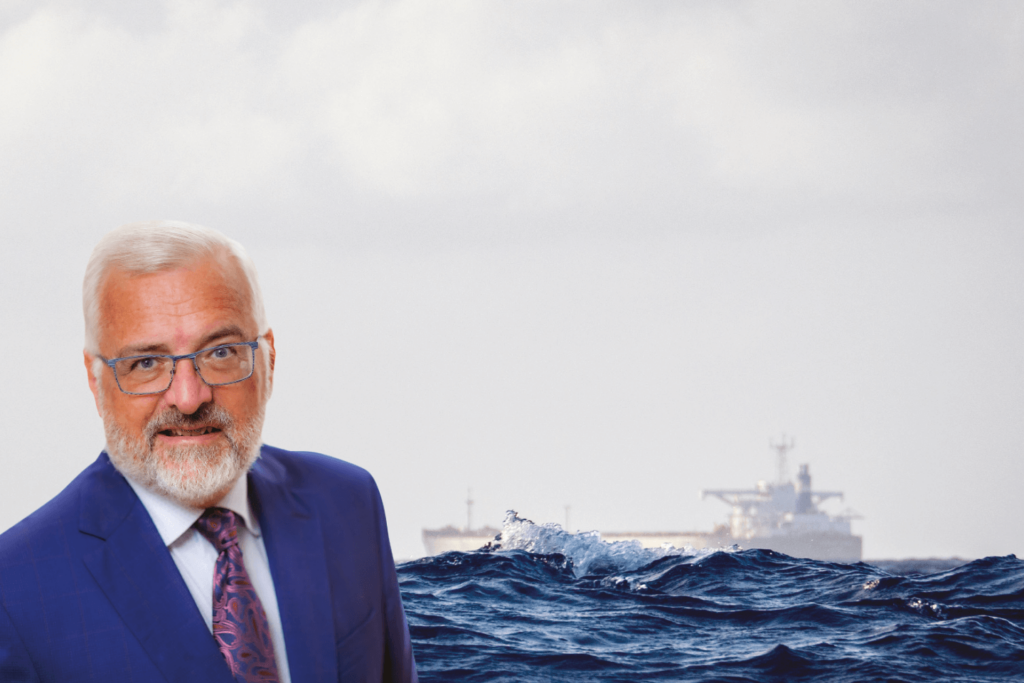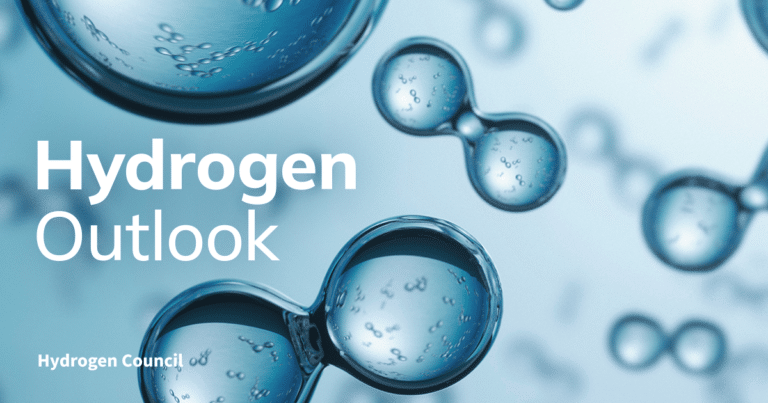This article was first published in H2 View.
By Daryl Wilson, Executive Director of the Hydrogen Council.
The transition to a clean energy system will require massive change. For the world to stay on the path towards net zero emissions by mid-century, global hydrogen demand alone should grow to 140 million metric tons (MT) in 2030 and 660 MT in 2050 – up from 90 MT in 20201. And while the necessity of change is clearly recognised today, the scale and complexity of actually making it happen aren’t so easy to fathom.

While most people can already visualise some elements of the future system, such as solar panels, wind turbines, or battery-electric vehicles, the hidden layers that serve the system are sometimes overlooked, but this is where the secret of systemic change lies for the energy sector. Pipelines, tankers, and oil and gas fields handle massive energy flows across large distances every day, taking energy from where there’s plenty to where there’s not enough. In the future global clean energy system, which integrates renewables and electricity, hydrogen will play a critical, complementary role. However, this will depend on building new and retrofitting and repurposing existing infrastructure, as well as creating the trade flows to transport hydrogen via pipelines and shipping around the world.
We know some regions such as Latin America, the Middle East, and Northern Africa have the potential to produce more clean hydrogen than needed for domestic use because of their natural endowment for the generation of renewable energy. Meanwhile, places like Japan and Korea with insufficient renewable sources will need to import most of the 35 MT of hydrogen they require in 20502. For the first category of regions to reap the economic benefits of their export potential, and for the latter to ensure they can get sufficient clean energy from elsewhere, industry, investors and governments need to take action to tackle the challenges of hydrogen transportation, import and export.
Choosing the suitable form to transport hydrogen
From liquefied hydrogen over ammonia to liquid organic hydrogen carrier (LOHC), the different forms each have their own benefits and challenges, and the preferred form depends on the end use3. Demonstration projects at scale are key to assess the cost and design requirements for different hydrogen carriers, and commercialise the technology. Industry frontrunners are already leading the way, a prime example being Kawasaki Heavy Industries’ liquefied hydrogen carrier, the Suiso Frontier4. Like the first oil tanker sailing from North America to Europe in 18695 and the first LNG shipment in 19596, the first shipment of bulk liquified hydrogen on the seas carried out by the Suiso Frontier earlier this year is a historic accomplishment, with the potential to radically change our energy trade flows.
Getting the right infrastructure in place
Exporting or importing large amounts of hydrogen requires appropriate ports, logistics and infrastructure. In regions with the right conditions and ambition to develop into demand hubs, big investments need to be made to develop a fully-fledged hydrogen import chain: new import terminals, storage and distribution infrastructure. This decade is a critical period for scaling up shipping of hydrogen; but infrastructure building needs long lead times, meaning projects need to kick off now.
Developing international standards and certification systems
Cross-border trade needs a common language. The absence of harmonised standards and certification systems for assessing and evidencing hydrogen’s sustainability attributes is an unnecessary barrier to investment. By eliminating inconsistent rules and methods to determine hydrogen’s carbon footprint, countries can provide certainty to buyers about hydrogen’s origin, offer more clarity on hydrogen’s contribution to decarbonisation goals, and reduce administrative costs. To illustrate, in Japan, such a reduction of the administrative burden on hydrogen import from Australia could generate up to $2bn of savings in 20307.
More and more governments, businesses and investors understand that massive changes in our energy system require a versatile energy vector to move large quantities of clean energy around, and hydrogen is the ideal candidate to do that job. Australia is just one example of a country with ideal natural conditions for renewables, which has already signed hydrogen trade agreements with Japan, South Korea, Singapore and Germany – all countries which recognise that international cross-border shipments of energy will still be required in the clean energy system of the future.
The Hydrogen Council is working to highlight the challenges and opportunities in the energy transition and build understanding around the practical and impactful role that hydrogen can make as part of the necessary systemic change. Together with our international partners, we are also facilitating the development of common international standards, alongside robust and tradeable certification systems for hydrogen to build consumer trust and foster global hydrogen trade. If we get the enabling policy frameworks and tools in place and sufficient financial support for the necessary infrastructure, hydrogen will soon be ready to set sail at scale.
This article was published in the March issue of H2 View magazine.
References
1.“Hydrogen for Net Zero”, Hydrogen Council, November 2021
2. “Hydrogen for Net Zero”, Hydrogen Council, November 2021
3. “Dawn of a new age: First seaborne liquefied hydrogen shipment underway”, IHS Markit, 28 January 2022
4. “World’s First Liquefied Hydrogen Carrier SUISO FRONTIER Launches Building an International Hydrogen Energy Supply Chain Aimed at Carbon-free Society”, Kawasaki Heavy Industries”, 11 December 2019
5. “July 30, 1869: Moving Oil in Bulk, for Good and Ill”, Wired, 29 July 2008
6. “Methane Pioneer”, Wikipedia
7. “Hydrogen Policy Toolbox”, Hydrogen Council, November 2021



